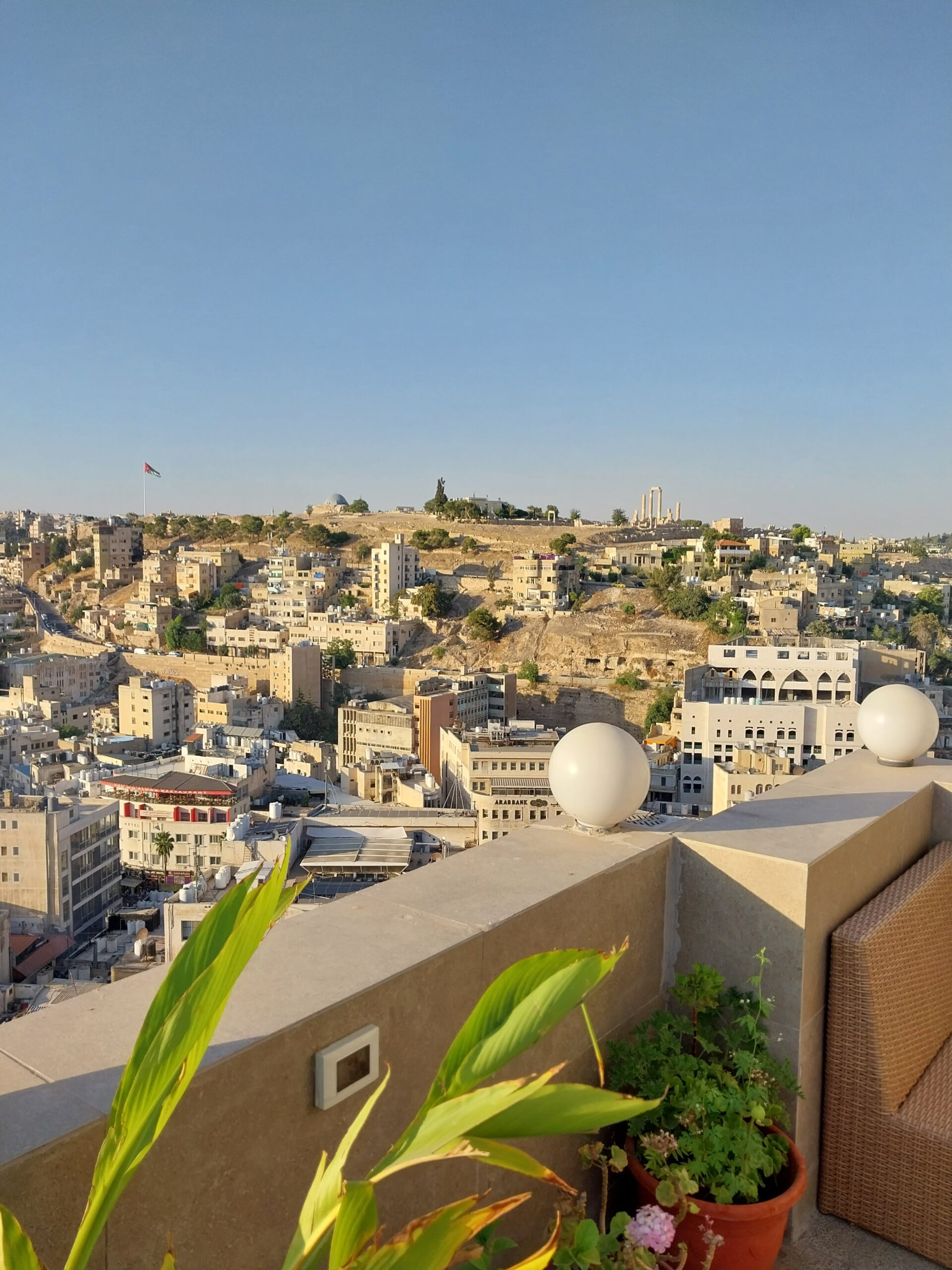Shrinking Civic Spaces and the Localization of Aid: Dilemmas
Picture this: local NGOs taking the reins, making decisions that truly matter, and owning their actions. That’s the heart of the localization of aid, and it’s got us all nodding in agreement. It’s about time the spotlight shifted to those who know their communities best, right?
Civil society organizations and local NGOs are perceived as the bedrock of the democratization of the world. They are cherished to be the solution to overcome authoritarian regimes and to promote human rights worldwide, in a Western-centric view of what a better world should look like. This led to the “NGOization” of the aid sector (Choudry & Kapoor, 2013).
But hold on, there’s a twist. The civil society space is shrinking – especially in countries from the Global South (Buyse, 2018; Sander, 2022; Smidt, 2018). As a result, those who are supposed to take on more responsibility also face considerable barriers in their context. Several studies underscore that civil society organizations – particularly those advocating for human rights – face threats, manifesting as administrative controls, criminalization of activities, unwarranted inspections, or harassment.
This contraction raises alarming questions about the safety and sustainability of local organizations operating in this challenging environment. Besides, collaborating with the humanitarian sector can exacerbate these risks, especially in the terrain of acute crisis contexts, where the space for civil society is fragile.
Now, how can humanitarian organizations and UN agencies find ways to work with local actors in the context of shrinking civic spaces? Humanitarian action waves the flags of humanity, neutrality, impartiality, and independence. Here is the dilemma: dealing with local actors who evolve in the middle of political landscapes, how does one keep the humanitarian principles intact while fostering a ‘local turn’?
Aid localization is not just about pushing buttons; it is also about rewriting the rules. We’re flipping the script on power, accountability, and real impact. But we are in for a ride. It won’t happen over night. It’s messy, it’s thrilling, and it’s got all of us in it together.
Sources
Buyse, A. (2018). Squeezing civic space: Restrictions on civil society organizations and the linkages with human rights. The International Journal of Human Rights, 22(8), 966–988. https://doi.org/10.1080/13642987.2018.1492916
Choudry, A., & Kapoor, D. (2013). Introduction. In A. Choudry & D. Kapoor (Eds.), NGOization: Complicity, contradictions and prospects (pp. 1–23). Zed Books. http://data.rero.ch/01-R007232971/html?view=GE_V1
Sander, A. (2022). Rethinking shrinking civic space in the Global Souths – how development donors contribute to the restriction of civil society in Jordan. Democratization, 0(0), 1–18. https://doi.org/10.1080/13510347.2022.2096595
Smidt, H. (2018). Shrinking Civic Space in Africa: When Governments Crack Down on Civil Society (GIGA Focus Afrika 4). GIGA German Institute of Global and Area Studies.



Comments are closed